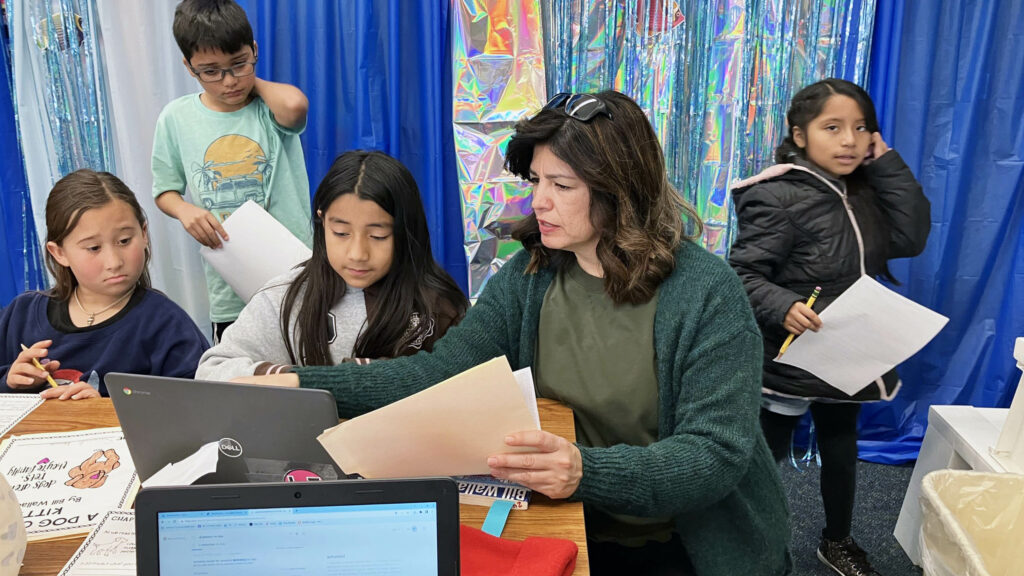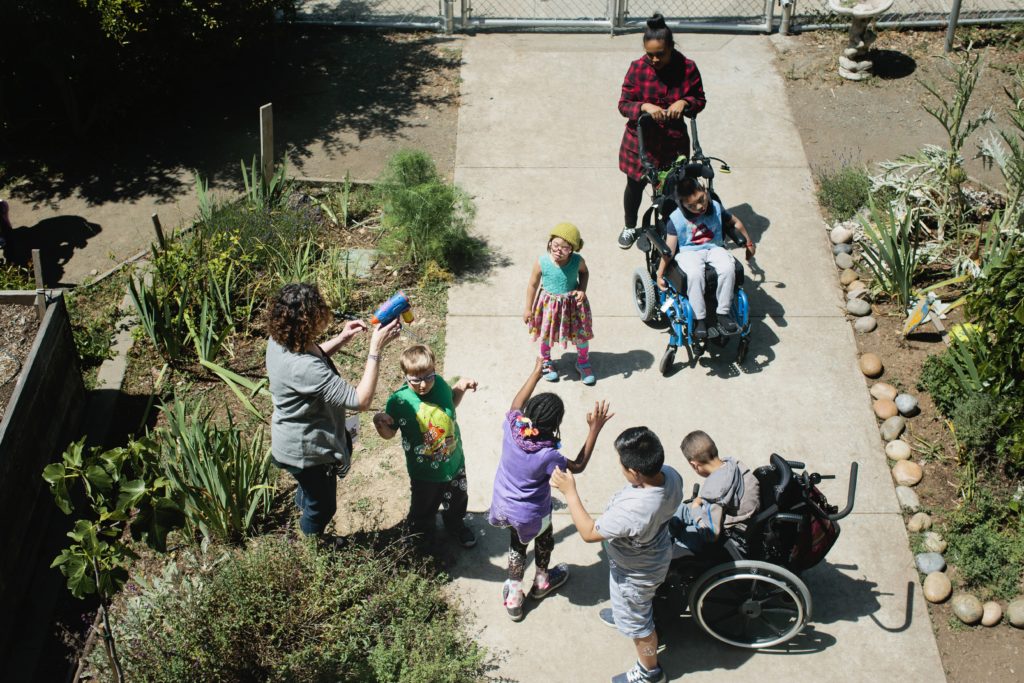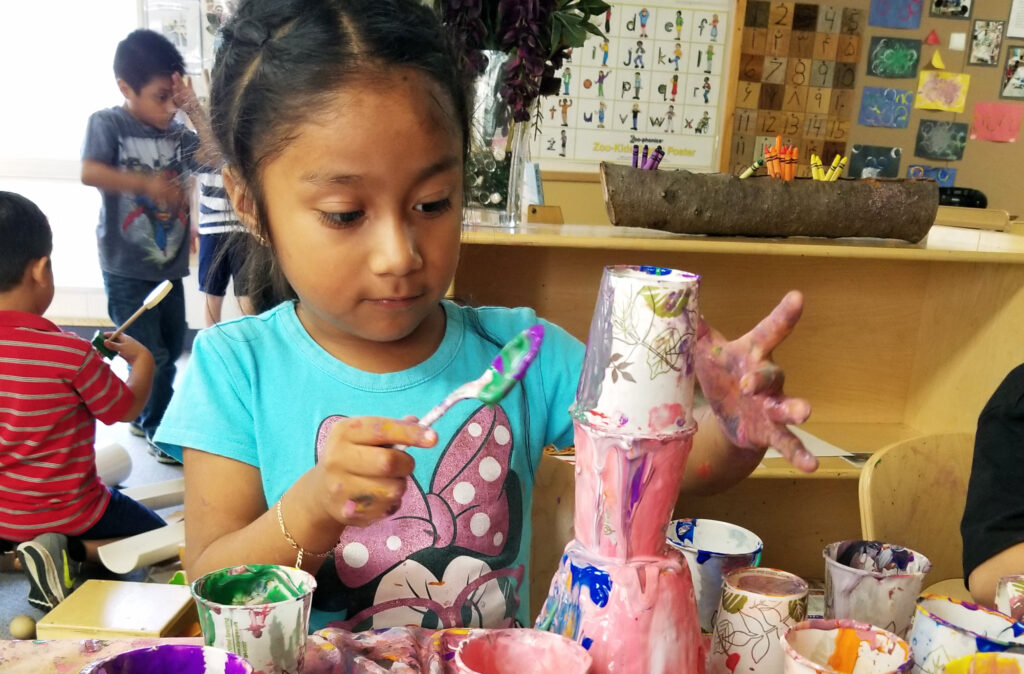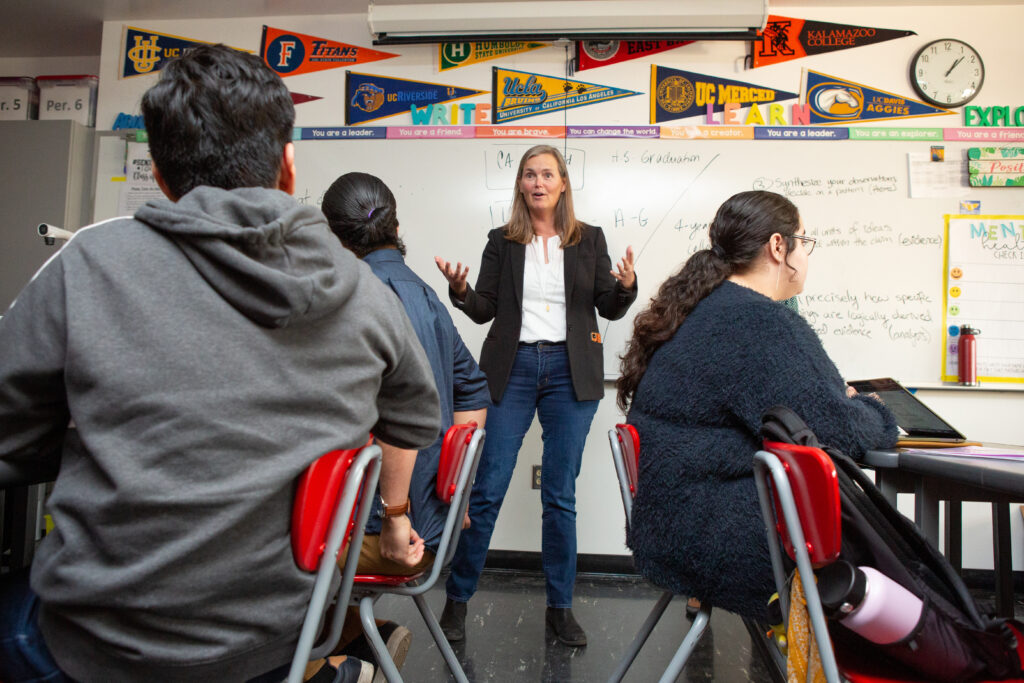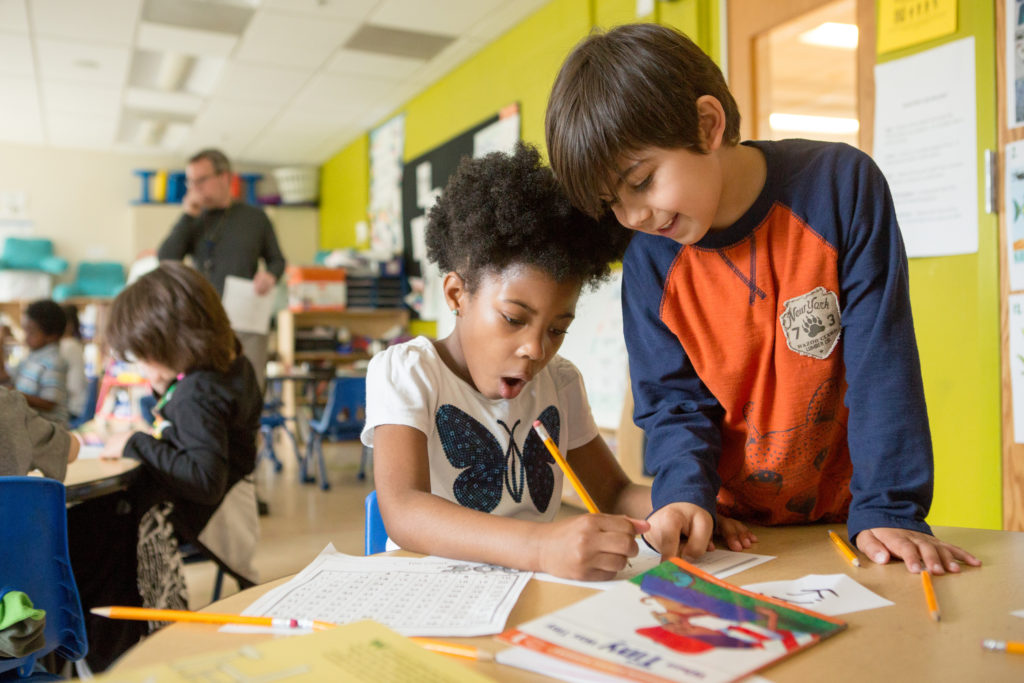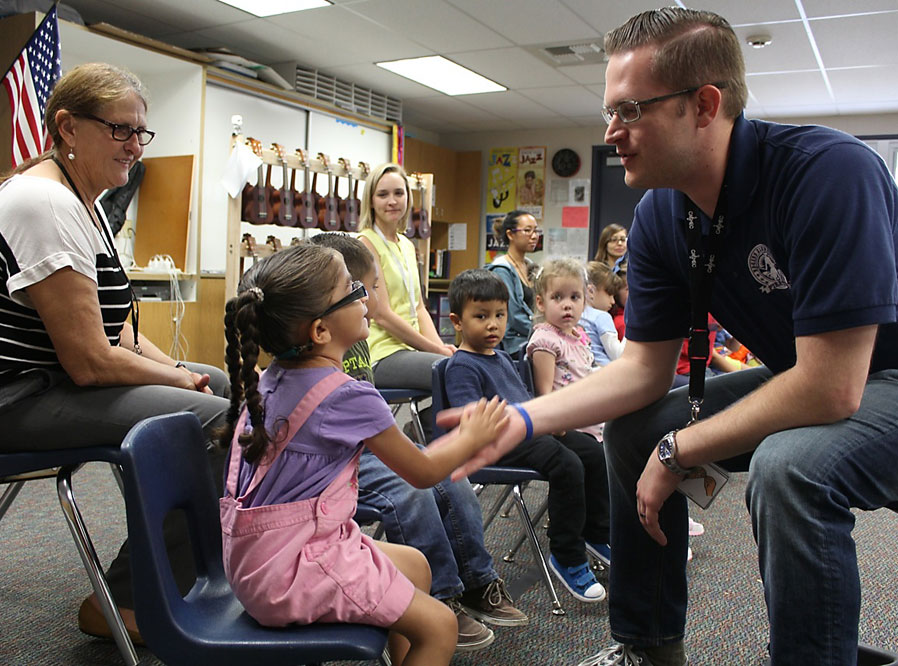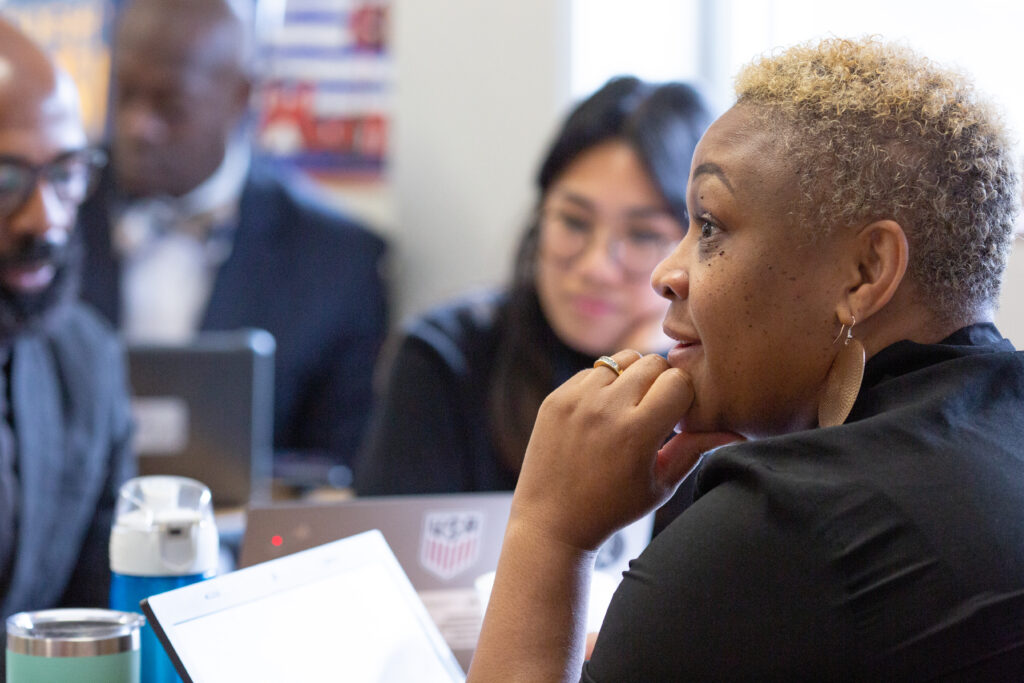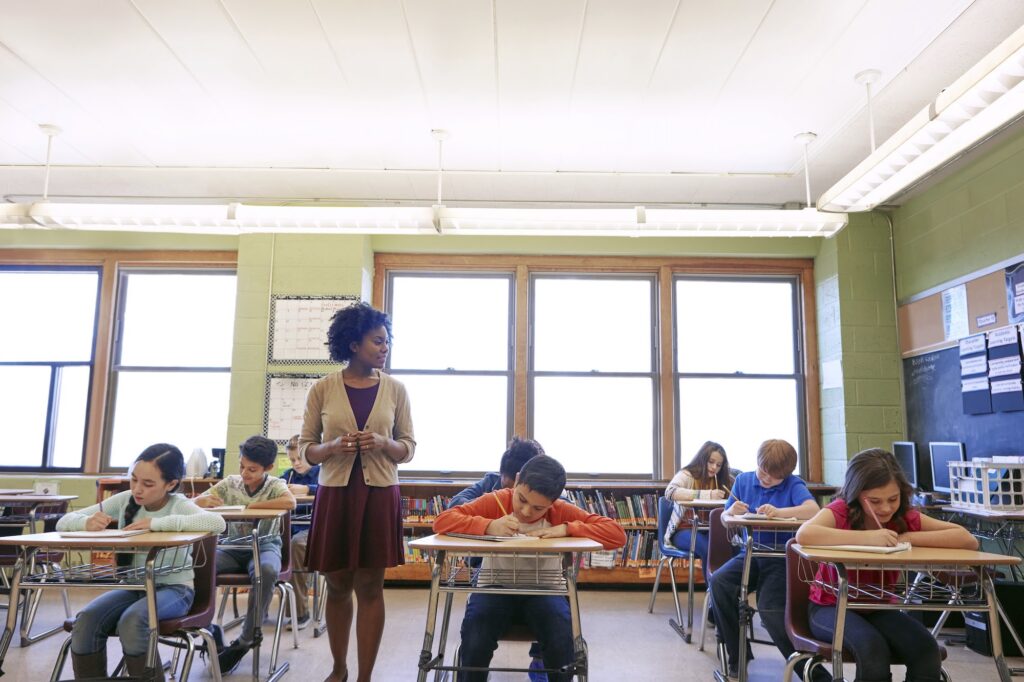
Credit: iStock_grady reese
As a parent or caregiver, imagine having a social worker knock on your door to tell you that someone has reported their suspicion that you are not taking proper care of a child in your care. As mandated reporters, our calls to child protective services about “reasonable suspicion” of child abuse and neglect are informed by our training and experience. Mandated reporting is about ensuring child safety. Unfortunately, the ambiguous and emotionally charged nature of this topic, coupled with tremendous fear of individual and organizational liability, inadequate and inconsistent training, and lack of support for mandated reporters often leave us to make consequential decisions based on limited information and in isolation. We must know that the decision to report a family to a county child welfare agency is not without consequences, and I firmly believe it sometimes does more harm than good. When we prioritize the liability of our organizations over the well-being of families and children, no one is well-served.
Each year, as school and district employees, we dutifully complete our annually required mandated reporter training. In my experience, the main takeaway of these training sessions is that we must report any potential concerns, no questions asked (don’t investigate!) or risk personal and professional consequences, including fines and loss of credentials. This training approach disempowers mandated reporters and has, unfortunately, resulted in educators being the most likely to report concerns that are ultimately determined to not be abuse or neglect once investigated by child protective services.
Besides law enforcement, educators are the second-largest group making referrals to child protective agencies. According to the California Child Welfare Indicators Project data presented at the Knowledge is Power Summit, educators made 20% of the referrals to child protection in 2019, impacting about 23,308 children. However, only 10% of those referrals were substantiated following an investigation. In Los Angeles County in 2022, the substantiation rate was 6% for allegations made by mandated reporters in education.
California law does not require standardized mandated reporter training. The system relies on professionals to report suspected cases of child abuse or neglect. It prioritizes organizational risk over the best interests of children and their families. The lack of concrete guidance leaves mandated reporters feeling ill-equipped to make sound reporting decisions. As humans, our biases, both implicit and explicit, affect our judgment. A recent survey of mandated reporters found that 43% of respondents made reports when they did not suspect maltreatment. Of these, 17% filed reports to connect families to services because they didn’t know how to help those families access services. As a former child abuse investigator, I’ve seen how this over-reporting can cause unnecessary stress, trauma, increased isolation and disruption for children and families, particularly those in underserved communities, and specifically communities of color.
To shift the focus from enforcement to support, Assembly Bill 2085 was signed by the governor in 2022. This law aims to eliminate inaccurate reports of general neglect by narrowing the legal definition of general neglect to apply only when there is substantial risk of serious injury or illness. It clarifies that poverty does not equal neglect.
Los Angeles County is also joining the broader effort to improve training and systems to support families who have needs that should be met outside of the child protection system. In alignment with the “LA County Mandated Supporting Initiative”, multiple agencies and key partners are working together to transform the mandated reporting process in L.A. County to better support historically underserved children, youth and families. They recently launched training aimed at enhancing child safety and reducing harm and systemic inequities driven by unnecessary and inappropriate reports of suspected child neglect to the Department of Children and Family Services. More focused training will be offered in 2024, including sector and discipline-specific content to address distinct mandated reporter groups.
For us as educators, this is a call to action. A call to reconsider when child protection is needed versus when a family may need support — and to meet this moment, we must reexamine our approach, our training and our narratives.
•••
Alicia Garoupa is chief of well-being and support services for the Los Angeles County Office of Education.
The opinions expressed in this commentary represent those of the author. EdSource welcomes commentaries representing diverse points of view. If you would like to submit a commentary, please review our guidelines and contact us.

